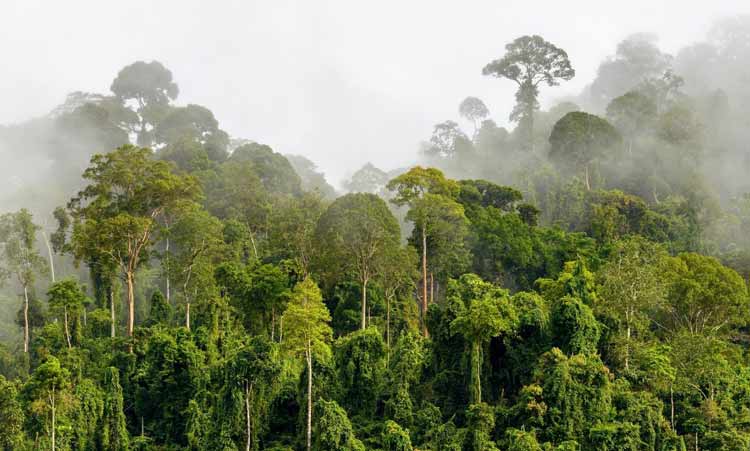
WASHINGTON: The results of recent studies have demonstrated just how much the woods have accumulated in terms of extra carbon.
It is a well-known fact that trees absorb carbon dioxide in the atmosphere, thereby keeping the global temperature in check. A recent study published in the journal Nature Communications shows that increased levels of carbon dioxide in the atmosphere has resulted in an increase in the wood volume or biomass of the forests in United States (US).
Notwithstanding the fact that other factors like climate and pests can somewhat alter a tree’s volume, the study discovered that increasing carbon levels consistently caused an increase in wood volume in 10 different temperate forest groups across the country. This shows that trees’ rapid growth is contributing in protecting the Earth’s ecology from the effects of global warming.
According to Brent Sohngen, co-author of the study and Professor of Environmental and Resource Economics at The Ohio State University, forests are absorbing carbon from the atmosphere at a rate of around 13 percent of our total emissions. Even though we release billions of tonnes of carbon dioxide into the atmosphere, we actually remove a significant amount of it by allowing our trees to thrive.
‘Carbon fertilisation’ is the term for this phenomenon. The rate of photosynthesis, which combines sunlight, energy, water, and nutrients from the soil and air to create fuel for life and promote plant development, is accelerated by a rise in carbon dioxide. The fact that carbon dioxide released into the atmosphere doesn’t stay there indefinitely is well recognised, according to Sohngen. A significant portion of it falls into the oceans, with the remaining portion being absorbed by forests, marshes, and other similar types of habitats. According to the study, over the past 20 years, forests in the United States have stored about 700–800 million tonnes of carbon dioxide annually, or 10 to 11 percent of the nation’s overall carbon dioxide emissions.
The policymakers should take note of this study on the importance of trees in reducing climate change. According to Sohngen, carbon fertilisation may one day increase the cost effectiveness of afforestation initiatives. For instance, if planting an acre of trees currently costs $50, carbon fertilisation might potentially bring that cost down to $40. This will essentially save precious resources while also combating climate change.

